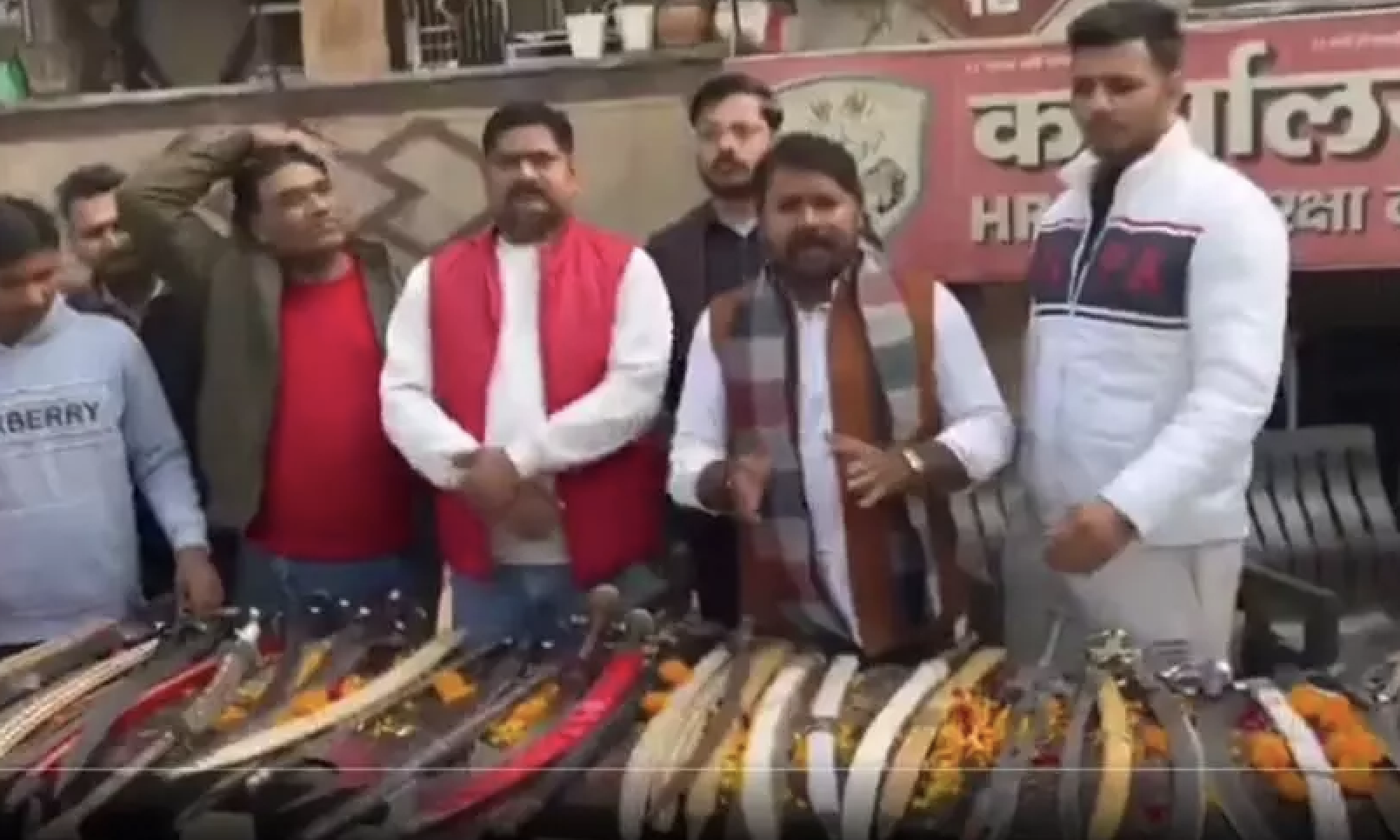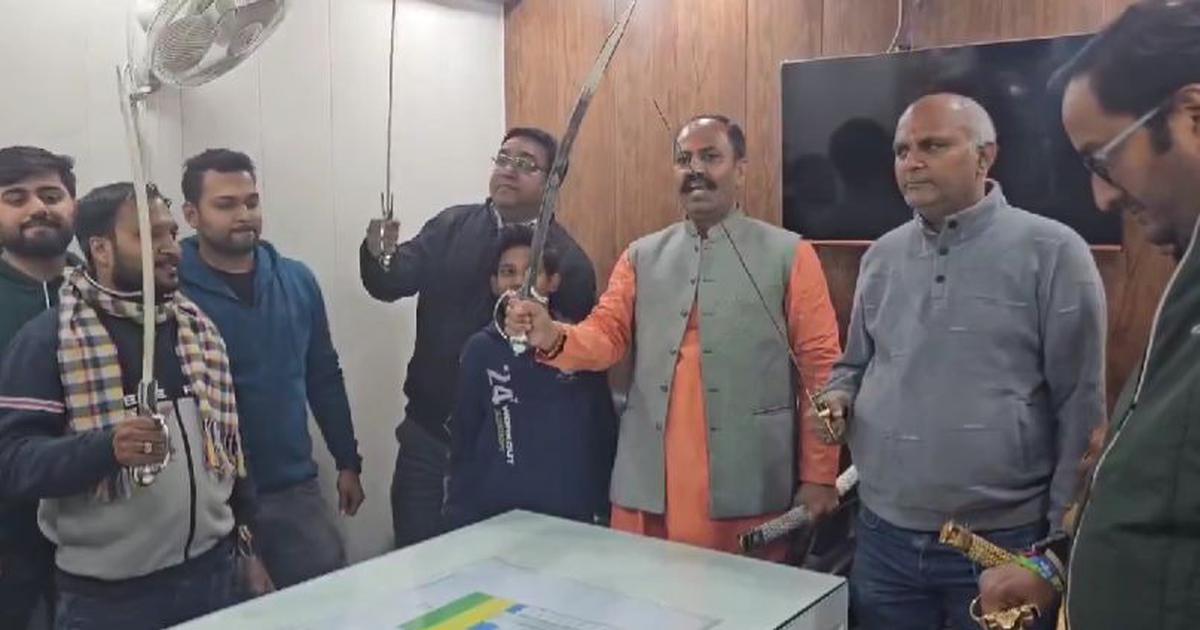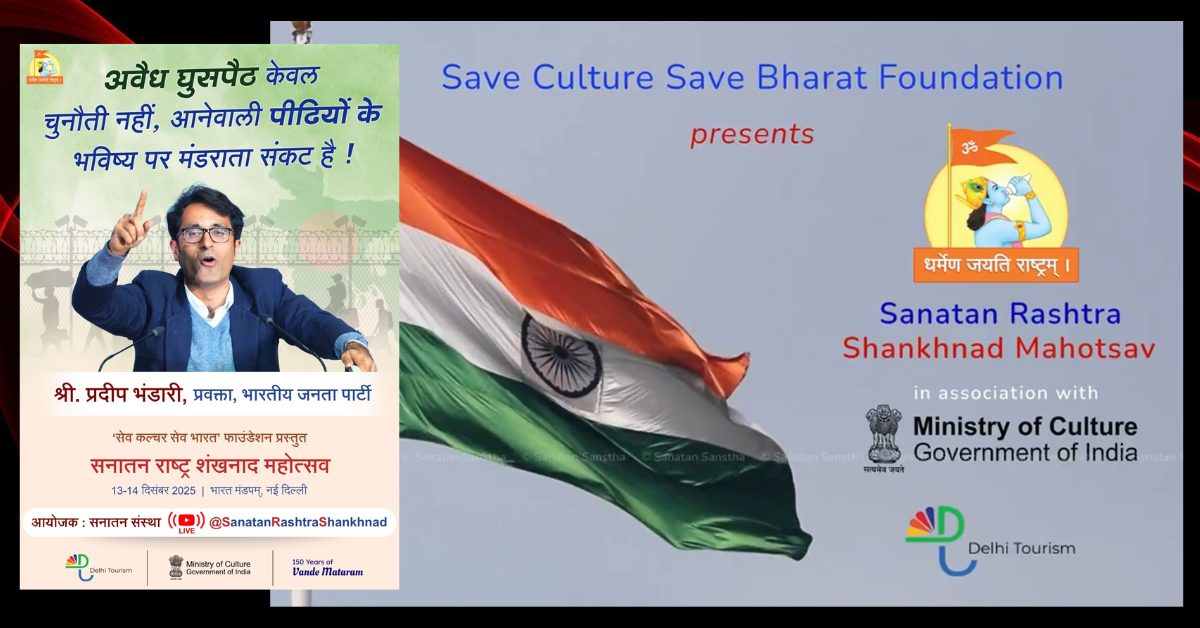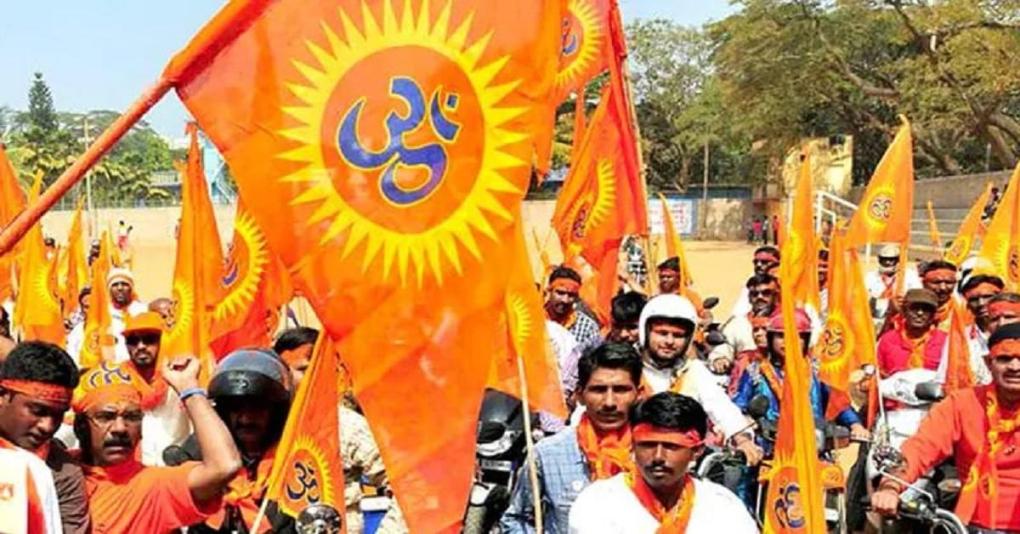JUST BEFORE the Rashtriya Swayamsevak Sangh’s links with Nathuram Godse could become an issue in the first Indian general election, the US researcher JA Curran wrote an account of the organisation that de-hyphenated it from the assassin of Mohandas Karamchand Gandhi. In his 1951 book, Militant Hinduism in Indian Politics: A Study of the RSS, Curran described the rise of the organisation. He proclaimed that Godse had stayed in the RSS only for a brief period, during the early 1930s, and had left it more than a decade before he killed Gandhi, on 30 January 1948. On the whole, the book succeeded in depicting Godse in exactly the manner the Sangh desired.
The RSS sarsanghchalak—supreme leader—MS Golwalkar and his associates provided unusual access to Curran as he researched in India, between 1949 and 1951, a privilege the Sangh hardly ever extended to other researchers. “The gratitude the author owes to RSS members for their assistance in his research cannot be exaggerated,” Curran noted in the preface of his book. From Golwalkar to the organisation’s newest recruits, everyone constantly gave him opportunities to “ask numerous questions about plans and activities, as well as observe the Sangh’s operation.” His account was based on a year and a half of “frequent association” with the organisation.
At the time of its publication, the book seemed to be an authentic study of the RSS and its author a serious researcher. No one seemed to suspect that Curran was working at the behest of the US Central Intelligence Agency. Nor could anyone outside the RSS realise that his work quietly laid down the foundation for some crucial myths that would help the Hindutva outfit cover its tracks.
This story was originally published in caravanmagazine.in. Read the full story here.






